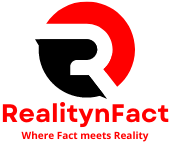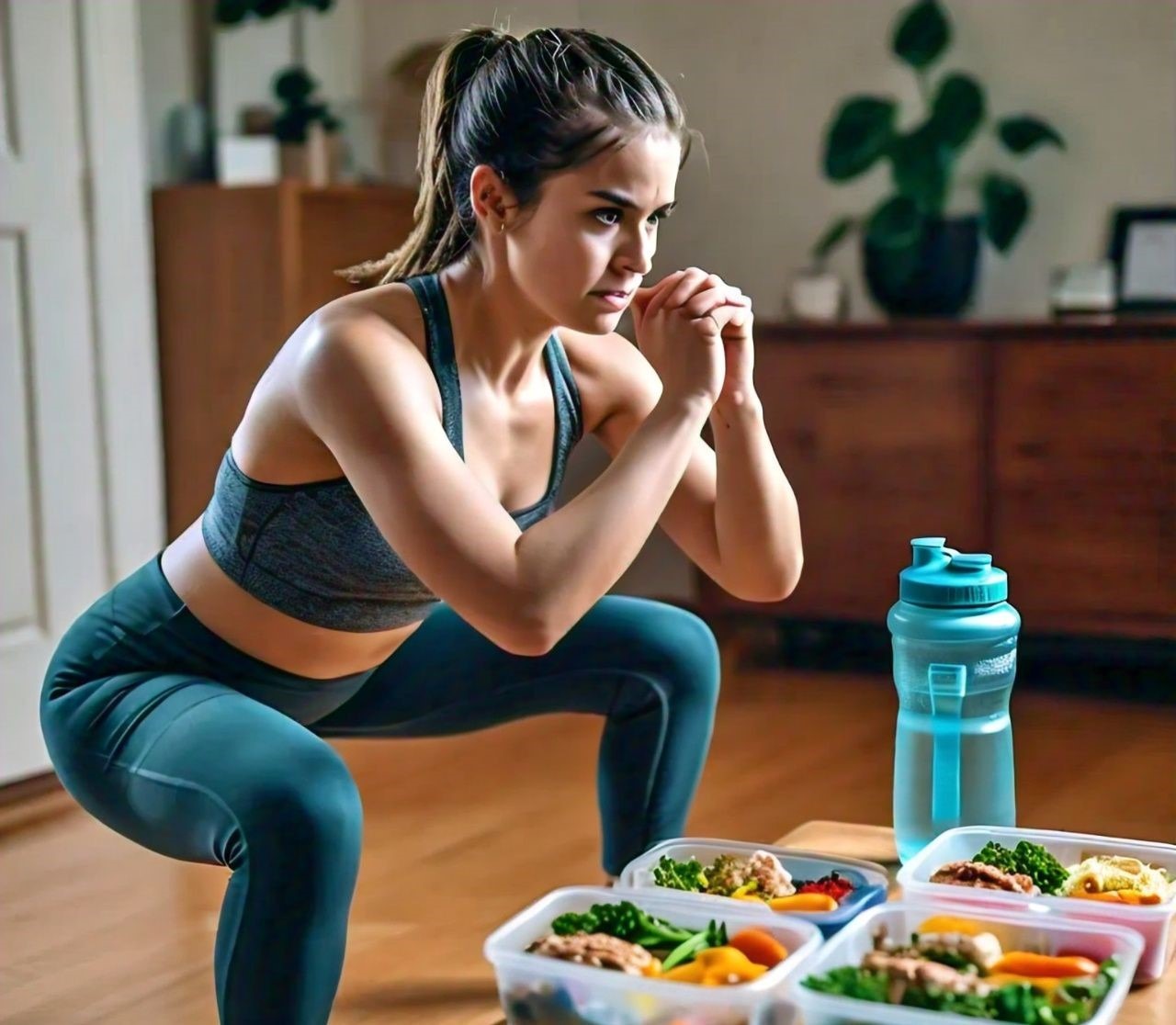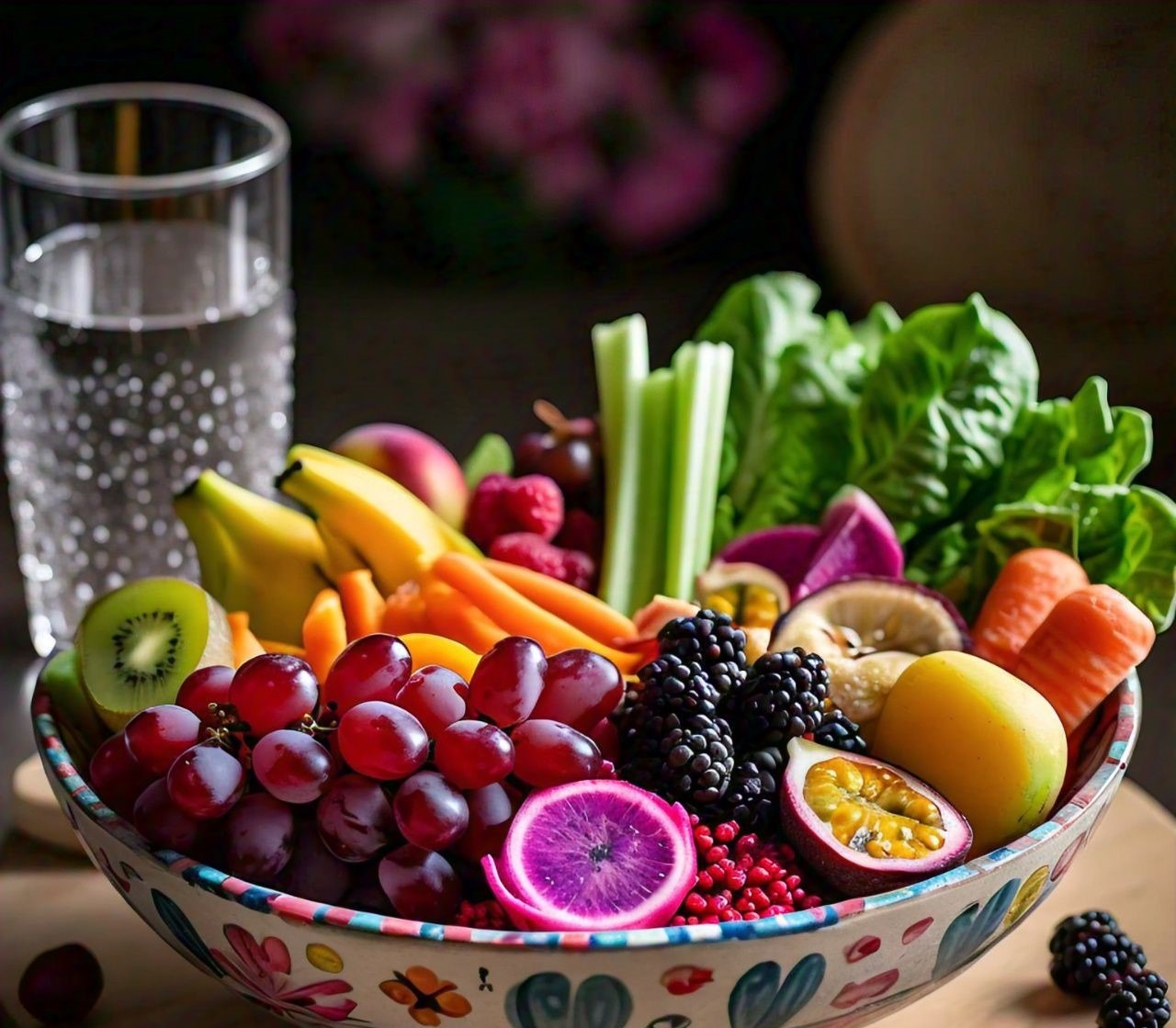When you’re diving into a new fitness routine, having the right plan for both your diet and exercise can make or break your results. Whether you’re a newbie or a seasoned pro, structuring things to fit your personal goals is key to staying on track for the long haul.
This guide is all about laying out the essentials for a diet and exercise plan, no matter your starting point. We’ll go over nutritional basics, exercise design, and offer tips on how to move forward so you can level up.
Introduction to Your Plan
Whether you’re fresh to working out or a seasoned gym-goer, creating a personalized diet and exercise plan is your ticket to success. The magic lies in making sure your plan matches your body’s needs, your current fitness level, and your end game.
This post will walk you through the foundation of healthy eating and exercise routines that work for both beginners and those further along in their journey. You’ll learn how to adjust and push your plan further as you progress.
Nutrition 101: The Basics
Getting your diet in check starts with knowing the basics. Your body thrives on both macronutrients (big stuff like carbs, proteins, and fats) and micronutrients (smaller, vital things like vitamins and minerals). Understanding what your body needs helps you choose foods that not only fuel your workouts but keep you feeling good day in and day out.
Macronutrients
- Carbohydrates: Your body’s go-to for energy, especially during intense workouts. Load up on complex carbs like whole grains, veggies, and fruits.
- Proteins: The building blocks for muscle repair and growth. Think lean meats, fish, eggs, or plant-based options like lentils and quinoa.
- Fats: Don’t skimp on healthy fats! They keep your hormones balanced and brain sharp. Reach for avocados, nuts, and olive oil.
Micronutrients
While they might be needed in smaller amounts, micronutrients play a huge role in how well your body performs and recovers. For example, calcium and Vitamin D keep bones strong, while magnesium helps muscles relax. That’s why filling your plate with fruits, veggies, and whole grains is a win for anyone serious about their fitness.
Crafting Your Diet and Exercise Plan
To nail down your plan, you’ll need to account for things like calorie intake, meal timing, and food choices. Your goals might be weight loss, muscle gain, or just maintaining energy levels.
Calorie Needs
Start by calculating how many calories you need daily, based on your Basal Metabolic Rate (BMR) and activity level. Beginners should focus on reducing calories slightly for weight loss, while advanced folks looking to bulk up may need to eat more than they burn.
Meal Timing
Meal timing can make a difference in how you feel during and after workouts. For instance:
- Pre-workout: Have a balanced meal with carbs and protein 2-3 hours before you hit the gym.
- Post-workout: Eat a protein-packed snack within 30 minutes to jumpstart recovery.
If you’re more advanced, experimenting with things like intermittent fasting or eating smaller, frequent meals might be worth a try.
What to Eat (and What to Avoid)
- For beginners: Keep it simple with whole, unprocessed foods—lean proteins, complex carbs, and healthy fats.
- For advanced athletes: Focus on nutrient timing—like protein shakes after workouts—and choose carbs that replenish glycogen stores quickly, like fruits and whole grains.
As for what to skip? Sugary treats, highly processed foods, and anything with trans fats should be off the menu.
The Exercise Breakdown
Now that we’ve covered food, let’s talk about working out. A solid plan combines strength training, cardio, and flexibility work.
Strength Training
- For beginners: Start with bodyweight moves—like push-ups, squats, and lunges. Focus on nailing down good form before adding weights.
- For advanced lifters: Incorporate compound movements, like deadlifts and squats, using heavier weights with fewer reps to build strength.
Cardio
Cardio helps with calorie burn and heart health, both critical in any fitness plan.
- Beginners: Aim for 20-30 minutes of moderate activity (like walking or cycling) a few times a week.
- Advanced: Push your limits with High-Intensity Interval Training (HIIT) or long-distance running, depending on your goals.
Flexibility & Recovery
Stretching and mobility work keep your body injury-free and help you recover.
- Beginners: Focus on dynamic stretches before and static ones after your workout.
- Advanced: Incorporate activities like yoga or Pilates to stay flexible as your workouts get tougher.
Progression Tips
For Beginners
Start slow and build up your intensity gradually. Tracking your progress with a journal can help you stay on top of your goals, showing what’s working (and what’s not).
For Advanced Athletes
To keep improving, you’ll need to add new exercises, increase weights, or change up your routine. Periodization—cycling between different workout intensities—can help you avoid plateaus.
The Secret Sauce: Consistency & Discipline
Sticking to your plan is what gets you results. Progress doesn’t happen overnight, but with dedication to your meal plan and workout schedule, you’ll reach your goals.
- Consistency: Show up, follow through, and be patient.
- Accountability: Use apps or work with a trainer to keep yourself honest and motivated.
Conclusion
Starting a diet and exercise plan that fits your needs might just be the best decision you’ll ever make for your health and well-being. Whether you’re just getting started or pushing toward new heights, having a solid plan tailored to your goals can help you reach them faster.
Keep in mind the basics of good nutrition, stay committed to your workouts, and always push yourself just a bit further. With the right mindset and plan in place, you’re building more than just a better body—you’re building a healthier, stronger life.
For more information on fitness and health, check out these resources:
Explore more articles on our site:
- How to Increase Running Stamina for Beginners at Home
- What Happens if You Don’t Get Enough Sleep Consistently: Effects and Solutions
- The Ultimate Guide to Healthy Living in 2024
- The Future of Artificial Intelligence: What to Expect
- Unlocking the Potential of Chat GPT Software: Revolutionizing AI Conversations
- Best Sleeping Position for Peripheral Artery Disease [New 2024]
- How to Increase Running Stamina for Beginners at Home
- 5 New Inner Thigh Exercises for Men and Women




